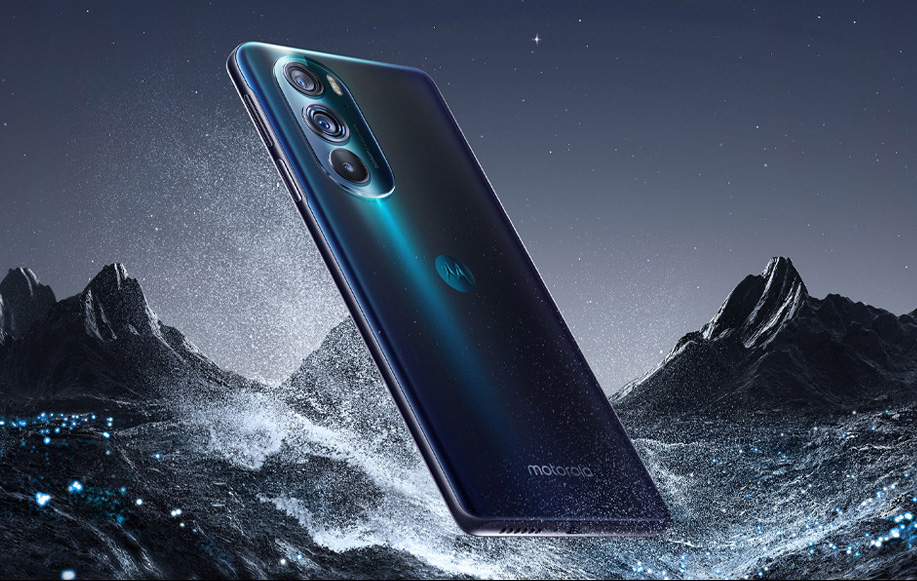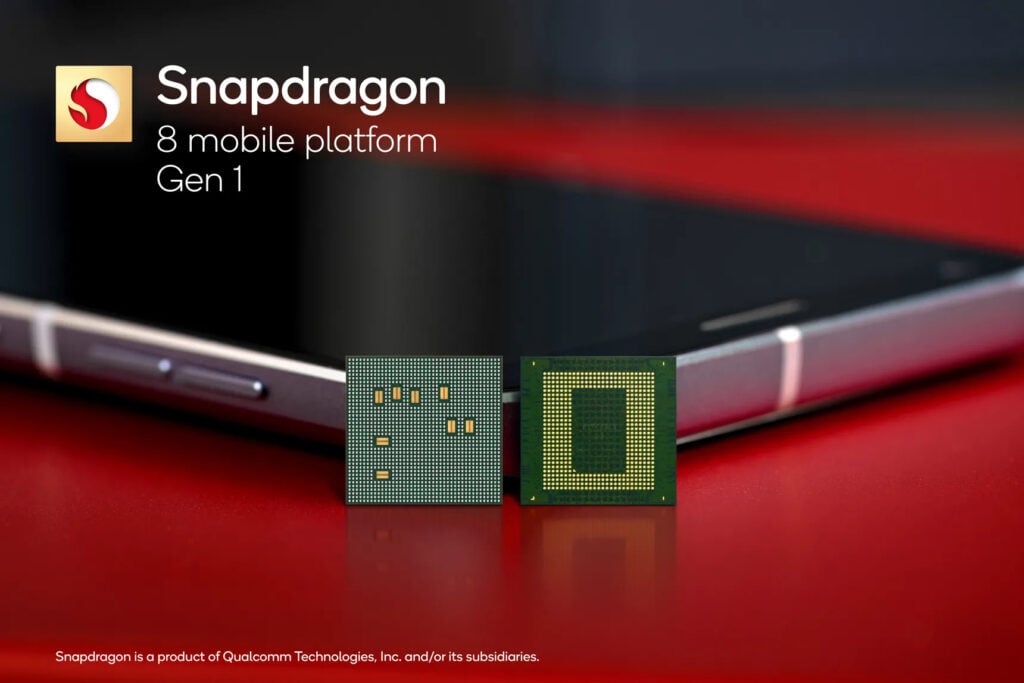Qualcomm released their 4nm-based Snapdragon 8 Gen 1 chipset earlier this month. The company promised a 20% leap in performance over the Snapdragon 888, which was confirmed yesterday by Motorola, who launched the first smartphone housing the latest Snapdragon 8 Gen 1 SoC, the Moto Edge X30.

Earlier today, the General Manager of Motorola, Chen Jin, took to Weibo (a Chinese microblogging website) to boast the structural features of their latest flagship, including its aluminum alloy frame, which allows the device to offer excellent thermal conductivity helping keep the phone cool.
However, there might be trouble in paradise as a tweet by the popular tipster @iceUniverse, suggest that the new SD 8 Gen 1 SoC might have heating issues. The tweet reads “On moto phones, the extreme test of Snapdragon 8 Gen1 is very hot. Please be mentally prepared, 2022 may be “HOOOT” year for Android phones.”
On moto phones, the extreme test of Snapdragon 8 Gen1 is very hot. Please be mentally prepared, 2022 may be “HOOOT”year for Android phones.
— Ice universe (@UniverseIce) December 9, 2021
The Moto phone mentioned in the tweet is the newly released Moto Edge X30, which undercut other brands like Xiaomi to be the first to launch a phone with the Snapdragon 8 Gen 1 SoC. But the tweet warns about being mentally prepared for a ‘Hot year for Android phones’, indicating that the problem is SoC-centric rather than a bad cooling solution from Motorola.

The Qualcomm Snapdragon 8 Gen 1 uses Samsung’s 4-nm node and ARM’s v9 architecture, which is highly power efficient. So, in theory, it looks like the SoC should run cooler compared to the last generation. But the issue here might be the additional performance gain, as skeptics have pointed out that Motorola might not be throttling the chip’s performance enough to keep the temperatures under control in heavy use cases.
For those unaware, thermal throttling occurs when the chip heats up due to constant heavy use like gaming, video recording, or running processor-intensive apps. To prevent the SoC from overheating and potentially damaging or degrading, Smartphone companies program temperature limits into their devices which once crossed results in slowing down of the CPU, aka throttling, to help it maintain safe temperatures and cool down. This results in a considerable loss in performance.
This cooling method is employed as OEMs have little to no room for other cooling solutions due to smartphones getting slimmer while gaining performance every year.
It is too soon to accurately tell what the root cause of this heating issue is, so stick around as we will cover any notable developments.
RELATED:
- Moto Edge X30 offers great heat dissipation through its aluminum alloy frame: Exec
- Motorola Edge X30 with Snapdragon 8 Gen 1 scores over 1 Million on AnTuTu, offers upto 60% more GPU performance than SD 888
- Moto Edge X30 unveiled as the world’s first Snapdragon 8 Gen1-powered phone
- Moto Edge X30 special edition with under-display camera confirmed







